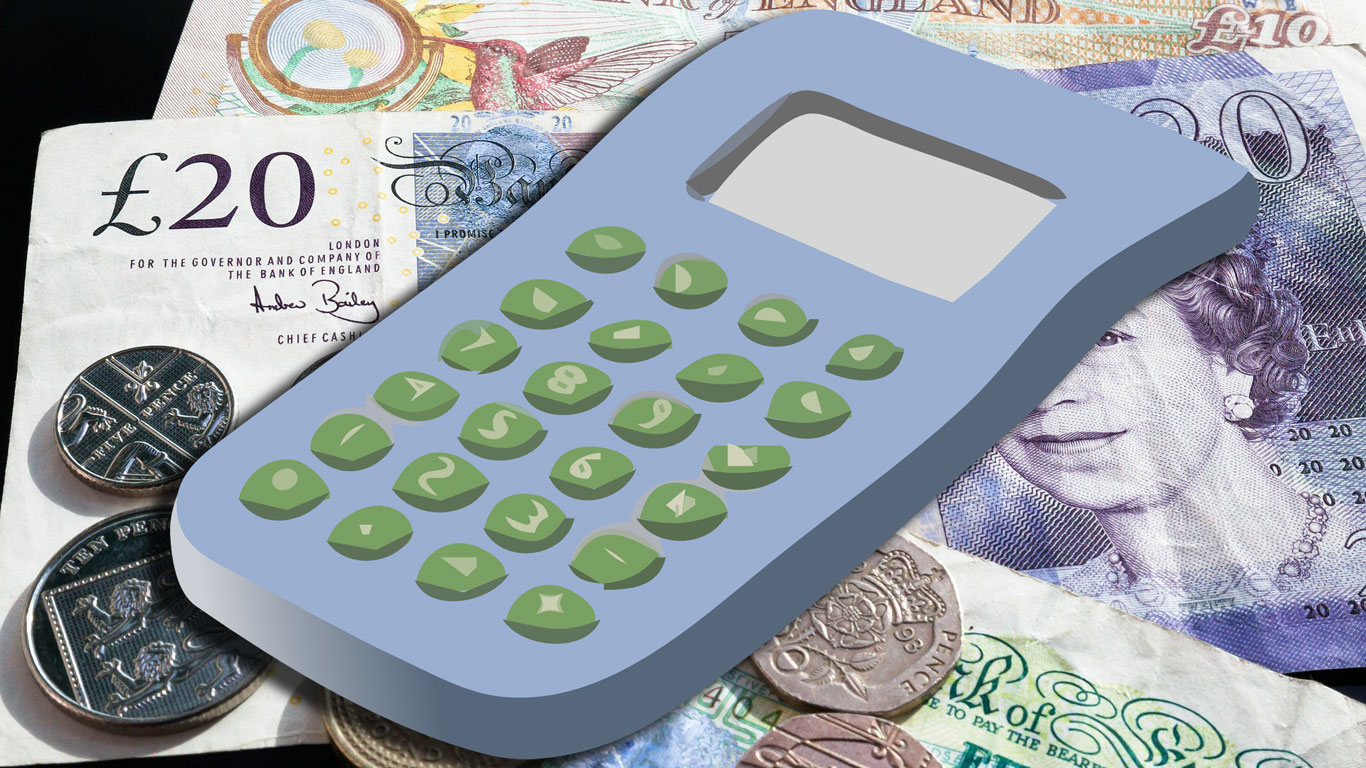
From 1 April 2017, Vehicle Excise Duty – commonly known as road tax – is set for some major changes. If you’re looking to buy a new car in 2017, you really need to know about these and how they might affect you.
First things first – if you own a car registered before 1 April 2017, the changes don’t affect you. But if you’re in the market for something new, you have until the end of March 2017 if you don’t want to be stung by the reforms.
And that’s because, while there’s good news for some, the majority of drivers could be left out of pocket. Read on to find out more.
- Car buyers: buy now or pay more road tax from 2017
- DVLA: £412m lost tax disc revenue ‘completely wrong’
- Find the latest car deals on Motoring Research
Why is the system changing?
Cast your mind back to the budget of summer 2015, when the Chancellor of the Exchequer announced an overhaul of the current system. According to then Chancellor, George Osborne, the changes are required to fill a hole in the Treasury’s coffers.
In simple terms, you’re buying too many super-efficient petrol and diesel cars, and with a taxation system based on CO2 emissions, the government has been left out of pocket. Indeed, Osborne claimed that, under the current system, 75% of new cars would be eligible for free road tax by 2017.
Something had to give.
What are the changes to road tax?
The rate of Vehicle Excise Duty (VED) will still be split into 13 bands and calculated on a vehicle’s CO2 emissions. Only cars with 0g/km CO2 emissions will be eligible for free road tax. This is a big deal.
Since March 2001, new cars emitting less than 130g/km CO2 have been tax exempt in the first year, and subject to a sliding scale of taxation for each year thereafter. For example, buy a car in band B (101-110g/km) and you’ll pay nothing in the first year and just £20 from year two.
From April 2017, the cost will rise considerably. Not only will you pay £140 in the first year, you’ll also pay £140 in the second year and each year thereafter. So at the end of year three you’ll have spent £420 on tax – £380 more than if you bought the same car a month earlier.
The first-year rate of tax is based on a sliding scale, ranging from free road tax for electric and hybrid vehicles, to £2,000 for cars with CO2 emissions in excess of 255g/km. From the second year, all but the zero emissions cars move to flat rate of £140.
This is potentially good news for buyers of the least efficient cars on sale. Take the Bentley Flying Spur with a V12 engine. With CO2 emissions of 335g/km, under the current system you’ll pay £1,120 in the first year and then a hefty £515 from the second year.
Using the new system you’ll have to find £2,000 for the first year, but the second year rate drops to the standard £140. Keep the car for a few years and you’ll be quids in. But there is a catch…
From April, all vehicles with a list price of over £40,000 – including zero emission cars – will attract an additional rate of £310, payable each year for five years from the end of the first vehicle licence. At this point it drops to the standard rate.
Which means a Tesla Model S will cost £310 a year – a big shock for those who might be expecting free road tax.
Is it worth buying a car before April?
If you’re in the market for an efficient petrol, diesel or hybrid vehicle, it’s almost certainly worth registering it before the end of March. Indeed, industry experts are expecting one of the busiest months on record, as buyers also rush to grab a car with a new 17-plate.
Say, for example, you buy a new Suzuki Celerio with a 1.0-litre engine emitting 99g/km CO2. Register the car before the end of March and you’ll pay no road tax whatsoever. From April, you’ll pay £120 in year one and then £140 from year two. Three years on and you’re £400 out of pocket.
The case isn’t quite as clear cut when it comes to the least efficient vehicles, and much will depend on how long you intend to keep the car. There’s also the penalty for £40,000 cars to take into consideration.
Oh, and don’t think you’ll be able to escape the £310 fee by negotiating the price down below £40,000. The government will use the published list price. Go easy on the options, too, as these could push your car beyond the £40k mark.
Do the changes affect my current car?
Tax rates for vehicles registered on or before 31 March 2017 will not be affected by the changes.
VED bands and rates for cars first registered on or after 1 April 2017
| CO2 emissions (g/km) | First year rate | Standard rate* |
| 0 | £0 | £0 |
| 1 – 50 | £10 | £140 |
| 51 – 75 | £25 | £140 |
| 76 – 90 | £100 | £140 |
| 91 – 100 | £120 | £140 |
| 101 – 110 | £140 | £140 |
| 111 – 130 | £160 | £140 |
| 131 – 150 | £200 | £140 |
| 151 – 170 | £500 | £140 |
| 171 – 190 | £800 | £140 |
| 191 – 225 | £1200 | £140 |
| 226 – 255 | £1700 | £140 |
| Over 255 | £2000 | £140 |
*Cars with a list price of over £40,000 when new pay an additional rate of £310 per year on top of the standard rate, for five years.